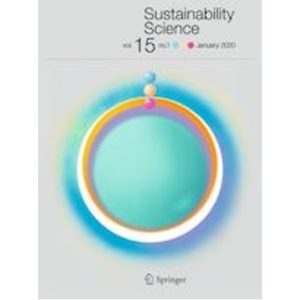
A new paper in Sustainability Science finds that the use of alternative water supplies, such as rainwater harvesting and greywater use, could offset up to 30 percent of total outdoor water demand for the Phoenix Metropolitan Area under modest implantation of these policies.
The paper, Simulating alternative sustainable water futures, is the work of sustainability scientists David Sampson and Nancy Grimm, sustainability fellow David Iwaniac, UREX affiliate Elizabeth Cook and CAP LTER affiliate Melissa Davidson. The authors adapted ASU’s WaterSim tool to explore differences in water demand and supply, as influenced by runoff, rainfall, changes in land use and land cover, population growth and improvements in water use efficiency.
The abstract follows.
In the United States of America, urban areas of the arid Southwest are prone to drought risk and changing precipitation patterns; future water supplies are uncertain. A collaborative working group of researchers and practitioners developed alternative future scenarios for 2060—sustainable water futures—that incorporate standard and novel water-adaptation strategies for the Phoenix metropolitan area (hereafter “Phoenix”) in central Arizona, USA. The authors adapted WaterSim-6, a water policy and planning model, to explore differences in water demand and supply for three scenarios as influenced by (1) runoff from the rivers that supply surface water to Phoenix, (2) population growth, (3) water use efficiency, (4) annual rainfall, and (5) land-cover land-use changes. Centralized water-management strategies (direct and indirect potable water reuse and reclaimed supplies) and decentralized strategies (rainwater harvesting and greywater use) were explored. We observed decreased reliance on surface water supplies, offset by increased municipal groundwater pumping in the Strategic scenario, but by alternative water supplies (non-potable water sources including greywater, reclaimed water, and rainwater harvested) in the Desert Wetland and Almost Zero Waste (AZW) scenarios. Even under modest policy implementation and service-connection adoption rates associated with our Strategic scenario, by 2060 alternative supplies from non-potable sources could offset 30% or more of outdoor water demand. Aggressive policy implementations associated with the AZW scenario suggest that up to 80% of outdoor water demand could likewise be met. The WaterSim platform combined with co-produced future scenarios illuminates tradeoffs in support of decision making for long-term sustainability of a water-limited region.